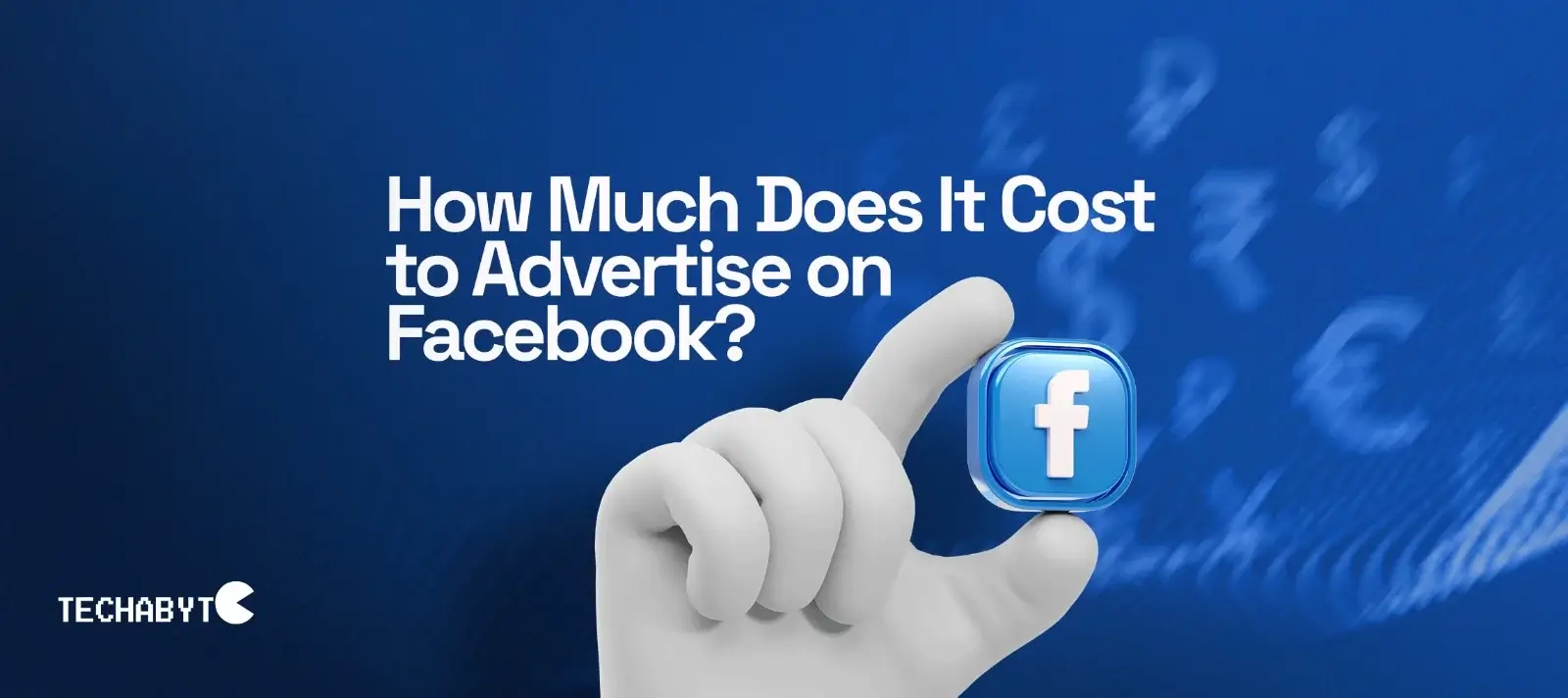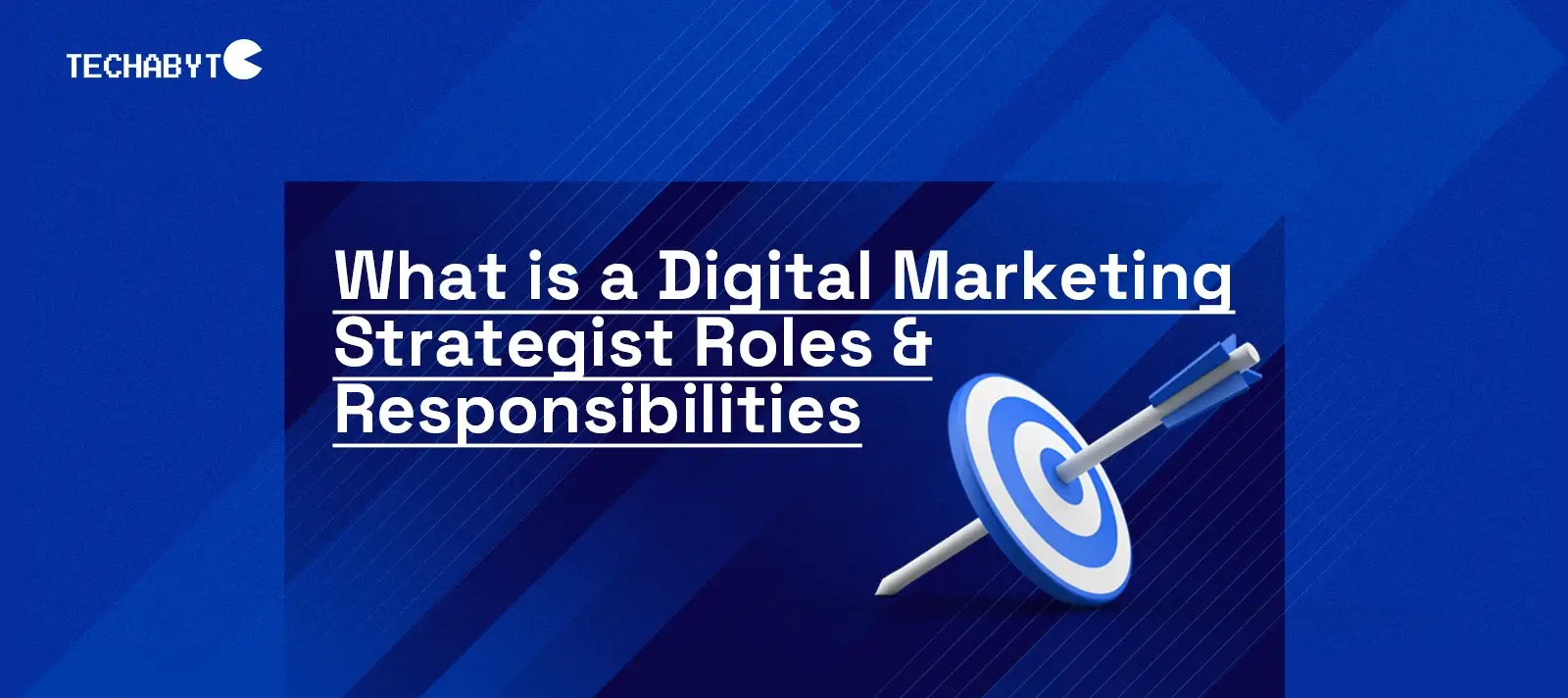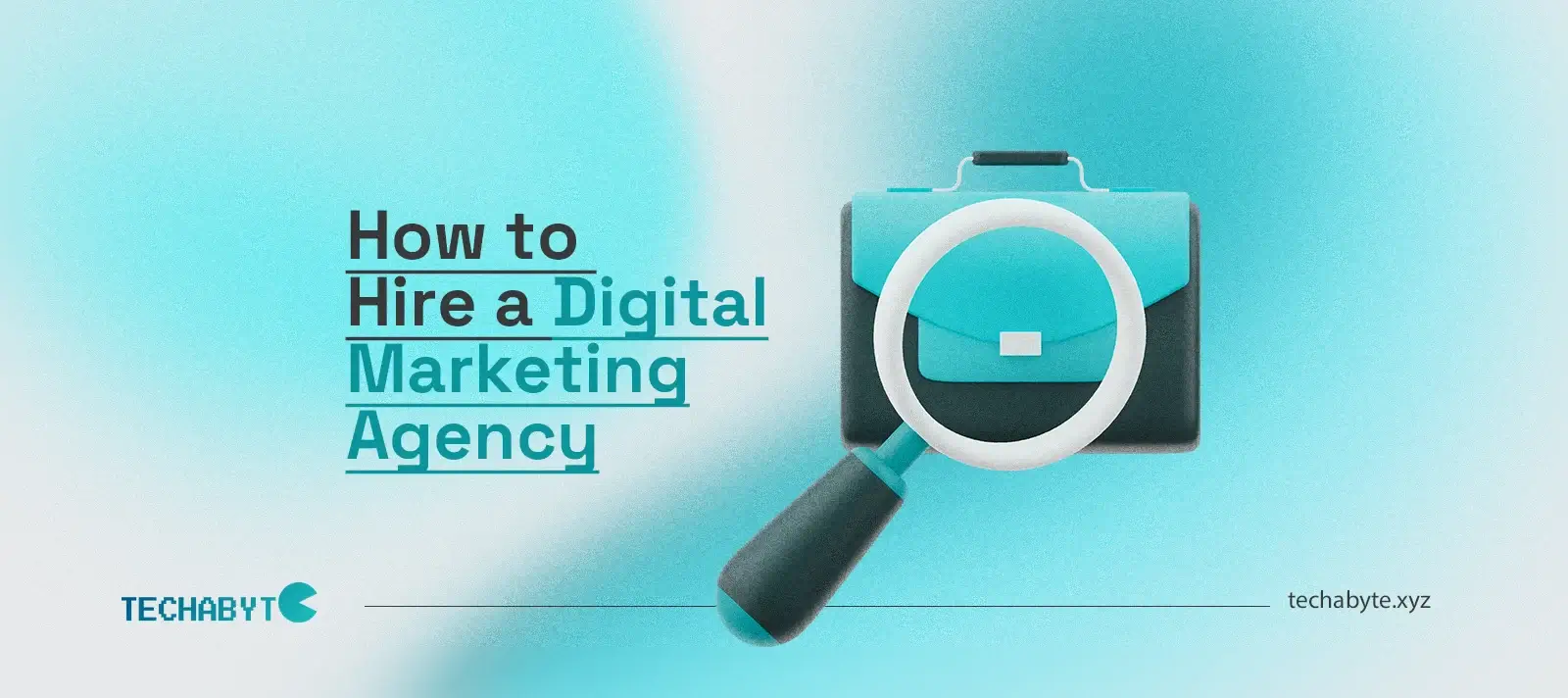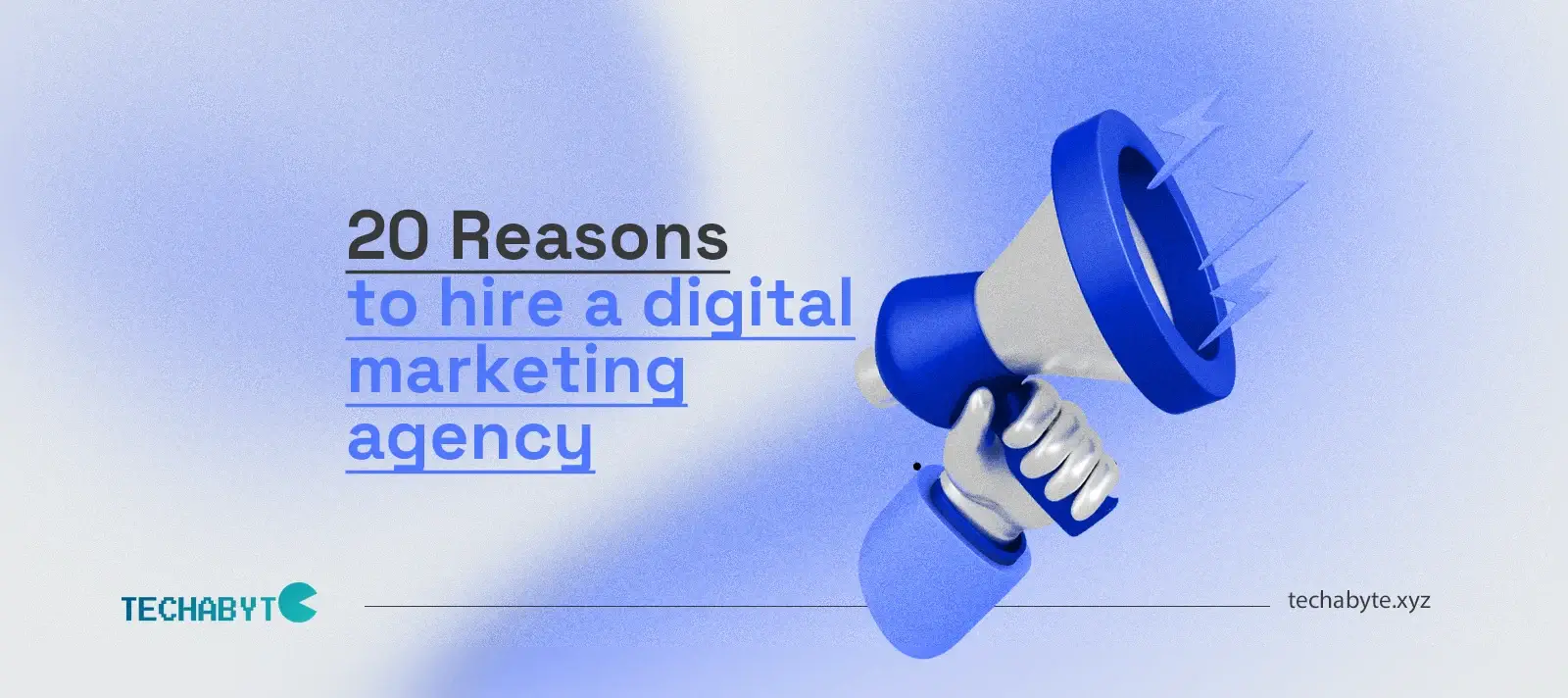In 2025, Facebook advertising costs depend on campaign objectives, competitive rates, audience targeting, and ad position. From newly updated industry figures and the latest benchmarks from Meta on ad performance, average Facebook ad CPC falls in the range of $0.26 to $0.30; CPM is usually between $1.01 to $3.00 per 1,000 impressions. More specifically, engagement-based campaigns are around $0.01 to $0.02 per engagement for businesses while app installs by region and audience behavior can run from $0.01 – $5.00 per install.
Generally speaking, the expense of Facebook advertising is highly contingent on your niche’s level of competition, the degree of optimization in your ad creatives, and how Meta’s AI-driven bidding system assesses your ad relevance. We’re going to break down the real-world pricing structure, cost influencers, and budgeting strategies used by over 300+ businesses globally to make Facebook ads more profitable in 2025 in this guide.
5 Key Takeaways
- Average CPC in 2025 ranges between $0.26 to $0.30, influenced by your campaign type and industry competitiveness.
- Brand awareness campaigns are the most affordable, while conversion-focused ads tend to cost more due to higher competition.
- Ad relevance and quality score directly lower your costs, making creative optimization essential for ROI.
- Targeting high-value audiences (like U.S. or EU markets) can raise CPM by 25–40%, but often yields stronger conversion rates.
- Smart budgeting and A/B testing remain the key to balancing cost efficiency with consistent ad performance on Facebook.
What Are Facebook Ads?
Facebook Ads are paid promotions that businesses and individuals place on Facebook about their product, service, or brand. It has a reach of 3.07 billion monthly active users, who will continuously connect and engage with the right audience.
These ads mostly run on a pay-per-click (PPC) or pay-per-impression (CPM) basis, meaning you only pay when users click, view, or engage with the content͏. This is what makes Facebook one of the cheapest places to do digital advertising.
What Facebook Ads Cost?
So, how much does it cost to advertise on Facebook, anyway? Well, in 2025, average costs are projected to fall in the range of $0.26 – $0.30 CPC and $1.01 – $3.00 CPM, very much depending on your industry, targeting specifics within your audience, ad quality, and placement.
What Are You Paying For?
When you advertise on Facebook, your budget covers several key factors that determine how Your budget in Facebook advertising encompasses several essential factors for ad performance and user reach:
CPM (Cost per 1000 Impressions):
A fee charged each time the user’s advertisement is shown, measured per 1000 impressions.
CPC (Cost per Click):
A charge levied when a user clicks on your advertisement, so ideal for bringing traffic to a website or conversions.
CPE (Cost per Engagement):
When users interact with your content, including likes, comments, shares, or video views, you accrue costs.
Action (CPA):
Payment is made only when a specific action, purchase, sign-up, or submission of a lead form is completed.
Advertisement Placing & Bidding:
It uses an auction system, so the cost that you will have to pay for it depends on how competitive your audience or placement is.
Audience Targeting & Size:
A limitation in targeting generally results in higher average costs per view but better-quality leads.
How Much Does Facebook Advertising Cost?
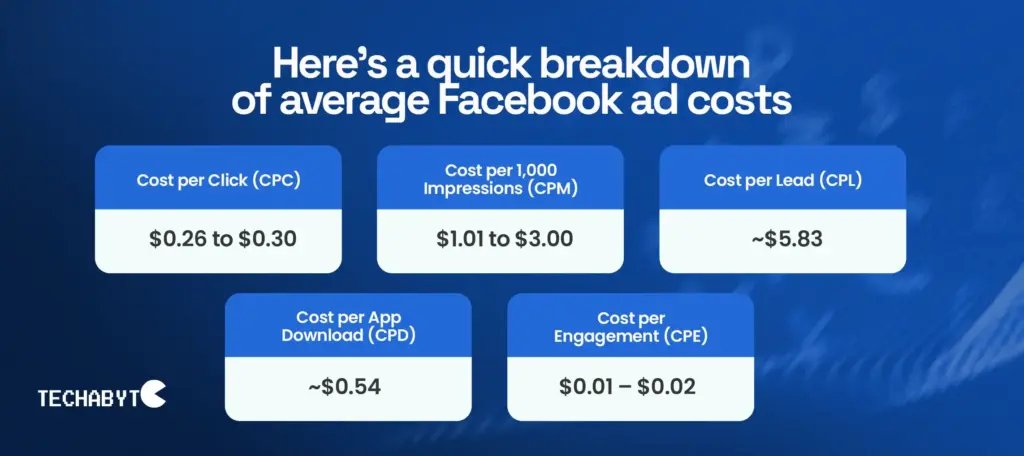
If you’re asking how much does it cost to advertise on Facebook, the answer is that it depends on your goals, target audience, and industry. For small businesses, this may work out to as little as $1-$500 a month, whereas bigger campaigns can scale much higher based on reach and competition.
Here’s a quick breakdown of average Facebook ad costs:
| Facebook Ad Type | Average Cost | Notes |
| Cost per Click (CPC) | $0.26 to $0.30 | Paid when someone clicks your ad. |
| Cost per 1,000 Impressions (CPM) | $1.01 to $3.00 | Paid per 1,000 ad views. |
| Cost per Lead (CPL) | ~$5.83 | Average cost to generate a qualified lead. |
| Cost per App Download (CPD) | ~$0.54 | Cost for each app download through ads. |
| Cost per Engagement (CPE) | $0.01 – $0.02 | Paid for likes, comments, shares, or other interactions. |
Facebook ad costs vs. other ad networks
Knowing the cost differentials among the platforms is important in order to maximize ROI when planning digital advertising campaigns. Other than Facebook Ads, which are popular due to powerful targeting and various ad format presentations, other alternatives include Google Ads, Microsoft Advertising, and Pinterest with specific strengths that may be more appropriate to marketing goals and budgets of varying degrees. A comparison in terms of average costs, cost-per-click, and who they reach should show on which platform a business should run a campaign. Here is how Facebook ad costs match up against those for other major ad networks.
| Ad Network | Average CPC | Average CPM | Notes |
| Facebook Ads | $0.26 – $0.50 | $1.01 – $3.00 | Highly targeted audience, cost-effective for engagement and conversions. |
| Google Ads | $0.11 – $0.50 | $0.51 – $1.00 | Intent-based targeting; strong conversion potential. |
| Instagram Ads | $0.01 – $0.25 | $0.01 – $4.00 | Owned by Meta; similar targeting as Facebook but higher CPM. |
| LinkedIn Ads | $2.00 – $3.00 | $5.01 – $8.00 | Best for B2B campaigns; high-quality leads but costly. |
| X (formerly Twitter) Ads | $0.26 – $0.50 | $6.50 | Effective for engagement and trending campaigns. |
| TikTok Ads | $1.00 | $10.00 | Great for younger audiences; cost-effective for awareness campaigns. |
| Microsoft Advertising | $1.54 | $2.00 to $6.00 | Bing and partner networks; good for professional and older audiences. |
| Pinterest Ads | $0.01 – $0.10 | $0.01 – $1.50 | Excellent for visual products and niche audiences; lower CPC than many platforms. |
How much does Facebook advertising cost by business size?
Facebook advertising costs can vary significantly based on your business size, campaign objectives, and industry. Here’s a breakdown to help you understand what to expect:
Small Businesses (Monthly Budget: $500 – $1,500)
Small businesses will typically allocate between $500 and $1,500 per month. That means about a thousand dollars will usually go toward ad testing on performance and also audience targeting at a smaller scale that might be spent to reach local customers.
Medium Businesses (Monthly Budget: $5,000 – $50,000)
Medium businesses usually spend anywhere from $5,000 to $50,000 on Facebook advertising per month. The said budget allocation is for broader reach and engagement goals that include lead generation or website traffic through more varied ad formats.
Large Enterprises (Monthly Budget: $50,000+)
Over $50,000 per month is what large enterprises spend on Facebook ads. This sizeable budget supports national or global campaigns, A/B testing on a large scale, and advanced audience segmentation strategies. For example, a large company may keep $10,000 as a monthly budget for national campaigns.
Factors Influencing Ad Costs
1. Industry: Highly competitive sectors like finance and legal services often face higher ad costs.
2. Campaign Objective: Brand awareness campaigns typically have lower costs compared to lead generation or conversion-focused campaigns.
3. Target Audience: Narrow, highly specific audiences may increase costs due to limited reach.
4. Ad Quality: Higher relevance scores can lower costs by improving ad performance.
Is there a minimum cost to advertise on Facebook?
Yes, there is a minimum cost to advertise on Facebook, but it’s relatively flexible. Here’s how it works:
1. No Absolute Minimum Budget
- Facebook doesn’t require a strict minimum to start advertising.
- You can technically run campaigns with as little as $1 per day, but very low budgets may limit reach and performance.
2. Minimum Ad Set Spend
While the overall campaign can be flexible, Facebook does require a minimum daily or lifetime budget per ad set:
Daily budget: At least $1 USD/day (for impressions-based campaigns).
Lifetime budget: At least $1 USD total for the ad set.
3. Minimum Bid / Cost per Action
- Facebook uses an auction system. An ad may not be delivered even if a low budget has been set because the bid may be too low to compete for the audience.
- Minimum effective cost will depend mainly on your target audience, the industry you are in, and what your campaign objective is.
Tip: Small businesses usually start at $5-$10/day in order to get meaningful data and then scale gradually as performance improves.
What Are The 8 Factors That Impact Facebook Ads Cost?
Several factors come into play that influence the cost of Facebook Ads and determine how much you pay per click, impression, or conversion. Knowing these factors will help a marketer optimize his campaign for more effective results within a given budget. Here are the 8 main factors that affect Facebook Ads cost:
1. Bid Strategy – The way you bid for your ad placements will influence your costs. If you use auto bidding, then Facebook will Optimize toward your goal, while with manual bidding you can control and this may increase or decrease the cost based on competition.
2. Audience Targeting – The size of your audience and how targeted it is matters. Highly targeted small audiences will often cost more due to high competition, whereas a broader audience may cost less.
3. Ad Quality & Relevance Score – Facebook rewards engaging, relevant ads with higher relevance scores. A higher score can lower your CPC or CPM because the platform puts a higher emphasis on best-performing ads.
4. Vertical / Competition – Costs are different for every industry. In highly competitive verticals such as Finance, Legal, Insurance, etc. ad costs tend to be higher due to ad competition’s level of intensity.
5. Ad Placement – Different ad placements incur different costs. News Feed ads vs stories vs Audience Network vs Instagram – the pricing differs across the various placements, hence certain placements could be more preferable based on your audience.
6. Time and Seasonality – Costs vary at peak times, be it holidays or major events when more advertisers are competing for the same audience.
7. Campaign Objective – Your campaign goal determines cost. Conversion goals or lead generation campaigns usually cost more than awareness campaigns. They are for high-value actions.
8. Budget & Schedule – If daily budgets are low then it increases cost per result because the algorithm may not get a chance to optimize well. Also, set schedules of ads for specific times can influence their delivery and hence their cost.
How much of your ad budget should you spend on Facebook ads?
How much of your ad budget to spend on Facebook Ads depends on your overall marketing goals, business size, and other advertising channels. Here’s a clear breakdown:
1. Small Businesses
Recommended Budget: 20–30% of your total digital marketing budget
Reason: Because Facebook provides precise targeting plus the most affordable CPC, it is an ideal place to test campaigns and reach local audiences without overspending.
2. Medium Businesses
Recommended Budget: 30–50% of your total digital marketing budget
Reason: At this stage, typical focuses are on lead generation, website traffic, and remarketing. Diverse ad formats on Facebook justify a higher allocation because advanced targeting is available.
3. Large Enterprises
Recommended Budget: 10–30% of your total marketing budget
Reason: Big companies usually do multi-channel campaigns, they use Google Ads, programmatic advertising, and offline marketing. Facebook is still important but it becomes part of a wider strategy.
Tips for Allocating Budget Effectively
1. Start with a small percentage and gradually scale as you track ROI.
2. Test multiple ad creatives and audiences to optimize performance.
3. Reallocate funds toward the highest-performing campaigns to maximize results.
How to lower Facebook advertising costs
Lowering Facebook advertising costs is all about improving ad efficiency, targeting the right audience, and optimizing campaigns for better performance. Here are some proven strategies:
1. Zero in on high-intent audiences, but not so much that they’re just a handful of people. Use lookalikes or interest-based targeting to get to the core of your potential customers.
2. Run engaging and pretty ads with clear messaging. The higher your relevance, the easier it is for Facebook to find you the right person at a lower cost.
3. Test many Creatives – Run A/B tests with headlines, images, videos, and ad copy. Find what works allocate more budget to the best performing ads.
4. Optimize your bidding strategy – Use automatic bidding for most campaigns but test manual bidding if you have a clear CPA goal. Don’t bid too low since this may prevent your ad from being delivered.
5. Choose Cost-Effective Placements – Test the placements, which might be Instagram Stories, Facebook Feed or Audience Network. Some placements could generate lower CPC or CPM and still hit your targets.
6. Schedule Ads Strategically – Schedule ads to run at times when your targeted audience is most active to maximize engagement and minimize wasted spend. For a particular audience whose activity is very much time-bound, don’t run your ads all day.
7. Use Retargeting Campaigns – Like turning to people who have already been engaged with your website or social media. Generally, retargeting audiences cost less and convert better than cold audiences do.
8. Monitor & Adjust Frequently – Keep a close watch on metrics such as CPC, CPM, CTR, and conversion rates. Pause underperforming ads, and instead, allocate the budget to well-performing campaigns.
What Are The Hidden Facebook Ad Costs?
While Facebook ads have a visible cost per click (CPC), cost per impression (CPM), or cost per conversion, several hidden costs can increase your overall spend:
1. Creative Production Costs – Images, videos, or copy of great quality often need the services of designers, videographers, or copywriters. These production costs are not part of the Facebook ad spend but are integral to running a successful campaign.
2. Landing Page & Website Costs – If ads lead a user to your site then you’ll likely have to pay for landing page design, optimization, and hosting as part of conversion assurance. Bad landing pages can increase CPC and lower your ROI.
3. Ad testing & experimentation – Running multi A/B tests of headline, image, and ad copy makes spend go up for a while before finding the best performing ad.
4. Management & Agency Fees – Including the campaigns’ operational management by an agency or freelancer will eventually add to the total cost in the form of their fees.
5. Software & Tools – Most analytical, automating, retargeting, or creative optimization tools require paying monthly or annually, further inflating the budget.
6. Audience Expansion & Targeting Mistakes – It is easy for the costs to creep up on you with multiple segments being tested or targeting being done too broadly or too narrowly unless that’s something that’s being watched very closely.
7. Other than that, ‘‘retargeting Overlap’’ – if running more than one retargeting campaign may cause audience overlapping hence more impressions cost to the same users. ‘‘Frequency Fatigue’’ – Showing the same ad too many times to the same audience may reduce engagements, indirectly increasing CPC and CPM.
How can AI-generated ad copy and visuals reduce Facebook advertising costs?
AI tools can streamline the creation of ad content, improving efficiency and lowering costs in multiple ways:
1. Quick content production – In a matter of minutes, AI will come up with quality ad copy, headline, and even visuals hence reduced expenditure for designers or copywriters. This greatly reduces the cost of creative production.
2. A/B Testing at scale – Several variations of ad copies and visuals are produced by AI for testing. Faster testing reveals high-performing ads and therefore does not waste spending on underperforming ads.
3. Greater Pertinence & Captivation – Artificial Intelligence has the ability to adjust material according to the actions, tendencies, and involvement of the viewers. Ads that are more pertinent and captivating usually attain higher relevance scores, leading to a decrease in cost per click (CPC) as well as cost per thousand impressions (CPM).
4. Personalization at Scale – AI tools automatically tweak ad messages to different segments, hiking conversions with no sweat of manual multi-version creations.
5. Predictive Performance Insights – Certain AI platforms forecast which ads will most probably deliver results hence enabling advertisers to channel budget in the right way and steer clear from overspending on underperforming campaigns.
6. Lower creative exhaustion: Since AI is able to keep changing the visual and copy of ads such that there is no fatigue among the audience, hence sustaining engagement at reduced costs over a period.
How much ad spend is wasted due to bots, fake clicks, or invalid impressions?
Wasted Ad Spend
Internet advertising, Facebook Ads included, are very much vulnerable to invalid traffic comprising bots, click farms, or even unintentional clicking. This can easily deplete the budget since most systems work on the basis of payment per impression or click made by any unengaged viewer.
Estimated wastage: It is a popular opinion that up to 20% of ad spend across digital platforms goes toward invalid traffic. Specific to Facebook, reports have indicated that between 1–5% of the total spends are wasted on fake clicks or impressions. The more precise targeting and the right set of campaigns lower this percentage.
Causes of Invalid Traffic
1. Bots and Automated Scripts – Fake clicks generated by automated programs to inflate traffic metrics.
2. Click Farms – Groups of low-paid workers repeatedly clicking ads without genuine interest.
3. Accidental Clicks – Users unintentionally clicking on ads, especially on mobile devices.
4. Fraudulent Websites or Apps – Ads shown on low-quality inventory or fake sites that generate impressions without real users.
Solutions to Reduce Waste
1. Enable Facebook’s Click & Impression Filters – Facebook automatically filters some invalid traffic, but enabling advanced fraud detection options helps further.
2. Use Retargeting Audiences – Retargeting users who have already interacted with your site or page reduces exposure to bots and low-quality traffic.
3. Monitor Analytics Closely – Track unusual spikes in clicks or impressions. High CTR with low conversions may indicate invalid traffic.
4. Exclude Low-Quality Placements – Avoid Audience Network placements or apps/sites with low engagement or suspicious activity.
5. Use Third-Party Fraud Detection Tools – Platforms like Pixalate, ClickCease, or CHEQ can detect and block invalid clicks and impressions.
6. Optimize Targeting – Narrow your audience to relevant, high-intent users, reducing exposure to automated or accidental clicks.
What happens when your audience sees your ads too often?
When your audience sees your ads too often, it can lead to ad fatigue, which negatively affects campaign performance and increases costs. Here’s what happens:
1. Decreased Engagement
When users see the same ad over and over again, they get bored or annoyed. CTR drops which can result in Facebook either not displaying your ads as frequently or charging a higher amount per click.
2. Higher Costs
The Facebook algorithm places a preference on ads with high engagement. When engagement falls because of ad fatigue, CPC, and sometimes even CPM, go up.
3. Negative Brand Perception
Overexposure will provoke users, making them less likely to trust or engage with your brand. In some cases, overexposure can lead to negative feedback, and hiding the ad, or even the page itself.
4. Reduced ROI
– Ad fatigue reduces conversions because your audience stops interacting with your ads.
– Wasted impressions and clicks increase your overall cost without delivering results.
How to Prevent Ad Fatigue
1. Rotate Creatives Frequently – Use multiple ad visuals, headlines, and copy variations.
2. Segment Your Audience – Avoid showing the same ad to the same users repeatedly.
3. Limit Frequency – Set frequency caps to control how often your ads are shown.
4. Use Retargeting Strategically – Retarget with new messages or offers to keep engagement high.
5. Monitor Performance Metrics – Track CTR, CPM, and relevance scores to detect fatigue early.
FAQ:
1. How does audience saturation affect Facebook ad costs?
Ad fatigue happens when the same ad keeps on running to the same audience; this is a saturation of the audience. Users are less responsive, CTR goes down, and Facebook lowers its delivery efficiency hence CPC and CPM go up with lower engagement and probably return on ad spend going down as well. Overexposure can also be damaging to brand perception.
Change the ad creatives often, Rotate them among different segmented audiences in smaller groups and Set a frequency cap to avoid showing the same ad too many times to the same users.
2. What impact does ad placement have on Facebook advertising costs?
Where ads are placed, whether in the Facebook News Feed, Stories, Instagram Feed, or Audience Network matters for both cost and performance. The more engaging a placement is, like the News Feed, usually the higher it will cost per click or impression. Less competitive placements such as Audience Network or even Instagram Stories might bring lower CPC or CPM but will need careful targeting to keep ROI. Try testing different placements. See which channels work best for your audience and goals.
3. How does campaign duration affect Facebook ad costs?
Longer campaigns can increase cost because as time goes by, audience fatigue sets in and engagement rates drop. Shorter campaigns are more optimized and highly efficient. In addition, running a long campaign without making adjustments regularly wastes the budget on low-performing ads. Keep creatives fresh, stagger your campaigns, and always look at your data—that’s how you keep performance up and wasted spend down.
4. How do changes in Meta’s ad auction system impact costs?
Facebook Ads use a competitive auction system based on bid amount, ad relevance, and estimated action rates. Changes to the algorithm, auction rules, or ad delivery optimization can increase or decrease CPC and CPM. Increased competition for high-value audiences or new auction mechanics may push costs up, while smarter optimization tools can reduce them.
5. How do frequency caps influence Facebook ad pricing?
Frequency caps ensure that an ad is not seen by a particular user too many times. Overexposure can lead to ad fatigue, reducing engagement as well as increasing both CPC and CPM. If there are no caps, repeated impressions will simply waste budget and reduce the efficiency of the campaign.
Implementation: Employ frequency limits according to the objective of the campaign and audience size; adjust caps as necessary to balance reach with engagement.
6. Can budget allocation strategies lower Facebook advertising costs?
- Strategic budget allocation, in fact, is very powerful when it comes to influencing cost efficiency. More funds for high-performing ad sets or creatives results in maximizing the overall return while minimizing spend on low-performing segments yields avoidance of wastage through impressions that do not convert.
Methods:
- Use daily versus lifetime budgets appropriately.
- Use campaign budget optimization to allow Facebook to distribute your money automatically across ad sets.
- Review and reallocate based on CPC, CPM, CTR, and conversion metrics.
7. What is the relationship between engagement rates and Facebook ad costs?
High engagement lowers your ad costs because when more people like, comment, share or even click through your ad, it gets an ad relevance score. The higher the score, the cheaper Facebook makes CPC and CPM for you. If you have low engagement though, not only will it be more expensive but also less efficient since your ads won’t reach as many people therefore creating even more cost with lower returns.
Prioritize quality creatives and compelling copy that will garner high engagement in return.
8. How do regulatory changes affect Facebook advertising costs?
Privacy laws and data regulations (e.g., GDPR, CCPA) affect how advertisers can collect, store, and use audience data. Limited targeting precision can increase costs because the platform delivers ads to a smaller or less qualified audience. Additionally, compliance may require investment in tools or strategies, indirectly raising campaign expenses.
Action: Adapt campaigns to comply with regulations, use first-party data, and focus on high-intent audiences to maintain efficiency.
9. How much of Facebook ad spend is typically wasted and how can it be reduced?
Invalid clicks, bots, low-quality impressions, and poor targeting are the factors that constitute wasted ad spend. Studies share that 1-5% of spending can be affected by it; however, this largely depends on the industry and audience being targeted.
- Enable Facebook’s invalid traffic filters.
- Retarget only engaged users.
- Exclude low-quality placements.
- Watch analytics for unusual spikes in clicks or impressions.
- Use third-party tools for fraud detection.
10. How will AI and automation change Facebook ad costs in the next 5 years?
AI and automation will revolutionize Facebook advertising by enabling the quick though long low-cost generation of ad copy, headlines, and visuals. Large-scale A/B testing will pinpoint which ads work best. Bids and targets can be optimized in real-time from performance data. Ads for different audience segments are personalized automatically. Creative fatigue is reduced by refreshing ad content dynamically.
Conclusion
In 2025, Facebook is still the reputed as one of the cheapest yet powerful ad platforms since its CPC rates fall between $0.26 – $0.50 with a CPM of about $1.01 – $3.00. This will also depend on the quality of your ad, how you target it, and competition in the market. A winner comes out with proper budgeting along with A/B testing and optimization of creativity. In the right management approach, Facebook Ads become more than just an expense—a strong investment toward growing a business and making it seen.

